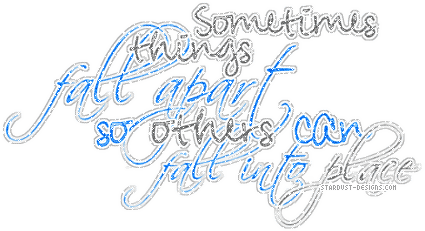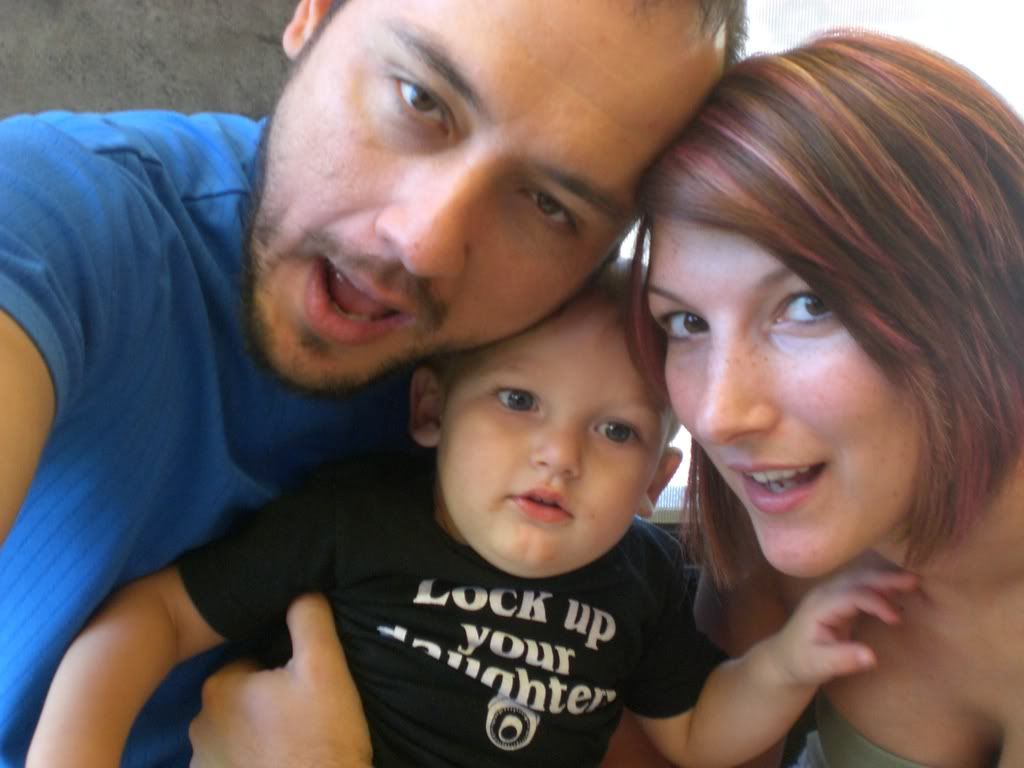Post by Rain on Nov 15, 2007 7:38:49 GMT -5
Video: www.youtube.com/watch?v=_8nK-C8G_Qo&feature=related
How Barack Obama Broke the Law
Do you really need to put your hand on your heart during the national anthem?
By Torie Bosch
Posted Tuesday, Nov. 13, 2007, at 4:24 PM ET
Some conservative bloggers are furious about a photo showing Democratic presidential candidate Barack Obama without his hand on his heart during the playing of "The Star-Spangled Banner." Obama has countered that the photo was taken during the national anthem, not the Pledge of Allegiance—so he didn't have to. Is that true?
No. According to U.S. law, a civilian like Obama is supposed to stand up when the anthem is played, take off his hat, face the flag, and put his right hand over his heart. Members of the military can keep their hats on and salute instead of placing their hands on their hearts.
The rules of conduct regarding the anthem, the pledge, and the American flag weren't always a matter of law. At first, they were just tradition. "The Star-Spangled Banner" lyrics were originally written during the War of 1812. Later in the 19th century, the Army and Navy both began to use it during ceremonies, but it only became the congressionally recognized national anthem in 1931. Meanwhile, the Pledge of Allegiance was first used in public schools in 1892 to celebrate Columbus Day and only made it into the law books in the 1940s.
--------------------------------------------------------------------------------
--------------------------------------------------------------------------------
Specific customs for listening to the anthem or reciting the pledge were also slow to develop. The National Flag Conference, an organization made up of representatives from the armed forces and civilian organizations, created a guide to flag etiquette in 1923. But it wasn't until June of 1942, when America was fighting World War II, that Congress made this "Flag Code" official.
In its original form, the code called for a "Bellamy salute" during the Pledge of Allegiance. The salute was named after Francis Bellamy, who wrote the pledge and published it in Youth's Companion, a family magazine. Bellamy instructed people reciting the pledge to start with their hands on their hearts and then—at the words "to my flag" (later changed to "to the flag of the United States of America")—straighten their arms in a military salute. But in the late 1930s, the salute became controversial as people began to realize that this gesture looked quite similar to the arm movement favored by the Nazis. Schools in New York, New Jersey, and elsewhere began to alter the salute, and in late 1942, it was eliminated from the code in favor of keeping the hand on the heart, as we do today. (Some groups, like the Daughters of the American Revolution, were initially resistant to the change from the Bellamy salute.)
So, does this mean that it's against the law to sit down for "The Star-Spangled Banner" at a baseball game? Technically, but you won't get in trouble. Though the procedure for listening to the national anthem is spelled out in the U.S. Code, you can't be punished for breaking the rules. That would likely be considered a violation of the First Amendment. For instance, the Supreme Court ruled that Jehovah's Witnesses had the right to skip the pledge.
Full Article: www.slate.com/id/2177887/?gt1=10636
Obama won't wear that pin.... What pin you ask? The American Flag!
www.youtube.com/watch?v=JmHtGQq-z_Y&feature=related
#nosignature#





